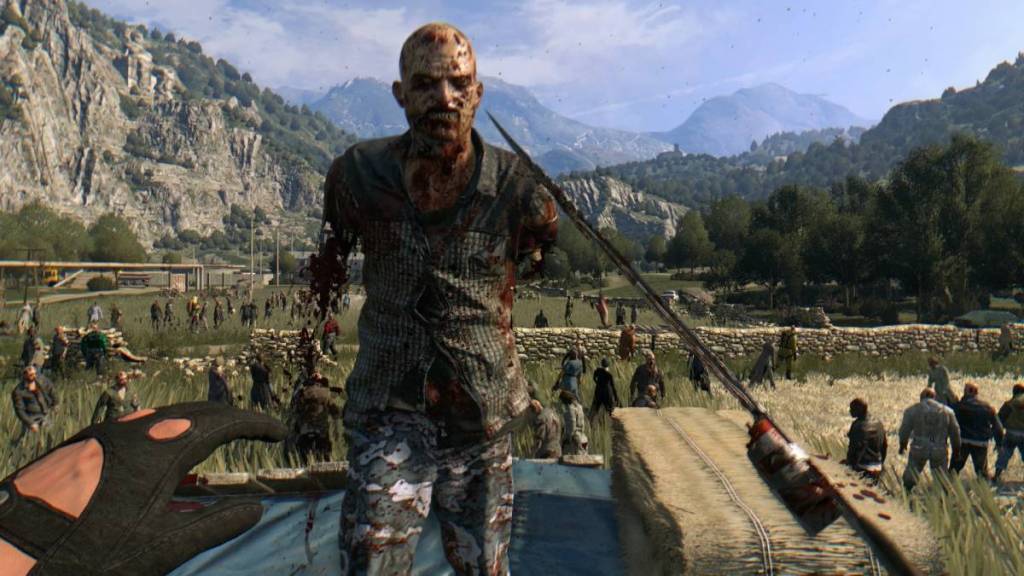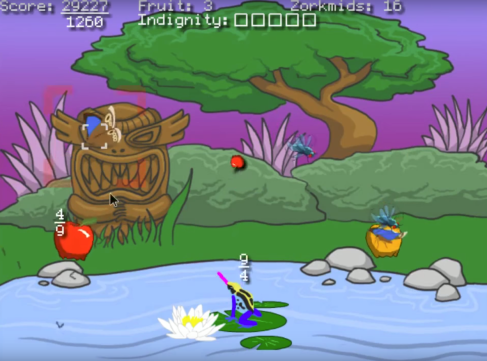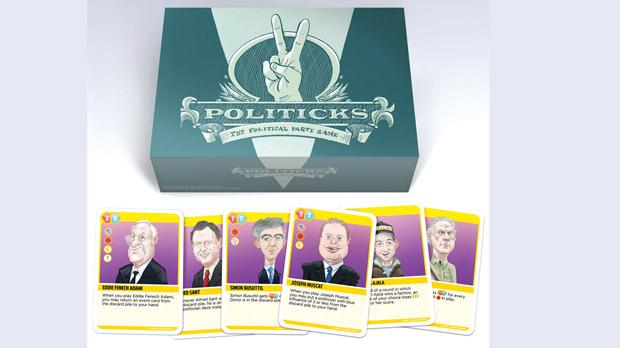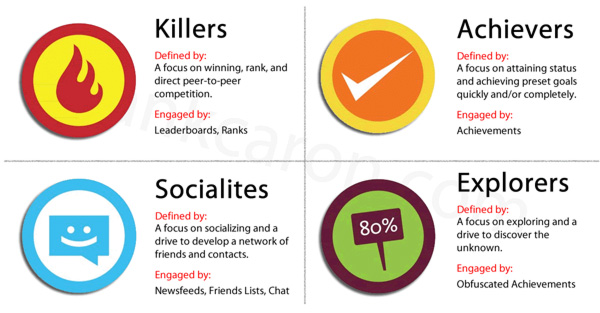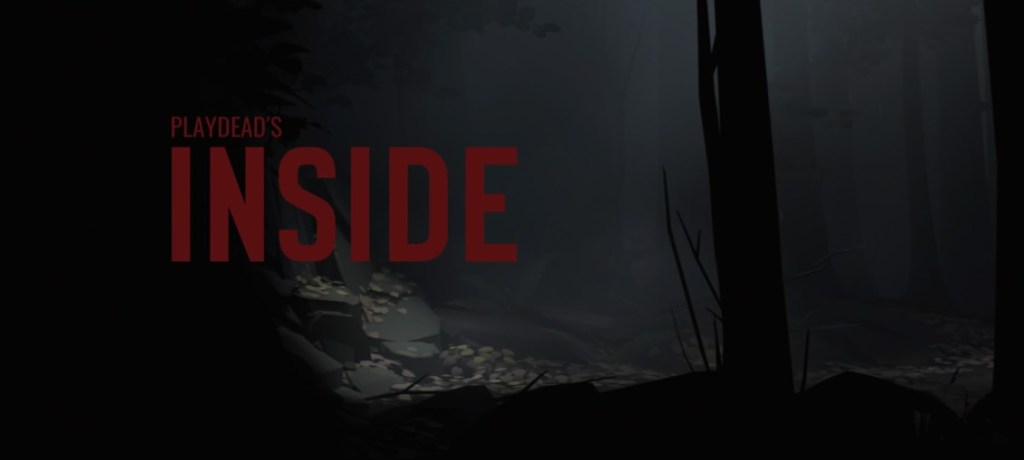Sigmund Freud came up with the theory that our brains are split into three main parts, with each having its own function: the id, the ego and the super-ego.
The id is responsible for our instinctual drives, that is to have its desires fulfilled. It exists only for pleasure and wants immediate gratification and is, simply put, just a collection of urges. The id does not consider what is realistic, nor does it consider what is logical or moral. These factors arise because the id does not have any awareness and according to Freud, these drives express themselves as aggression and sexuality. While playing The Sims, a person has the chance to act on his id a number of times.

The ego is ‘that part of the id which has been modified by the direct influence of the external world.’ – (Freud, 1923, p.25). The ego allows a person to think things through and observe reality and decide between what is rational and realistic and furthermore, allows for our minds to act at will, for example asking a person about how their day went. A safe question which was influenced upon us by the external world to make small talk and play it safe.

The super-ego is our conscience, and it makes a distinction between our sense of right and wrong. Like the id, the super-ego does not think about anything which is realistic and simply wants moral perfection, for example one can have moral perfection in The Sims by apologizing or give a heartfelt compliment in an unpleasant conversation.
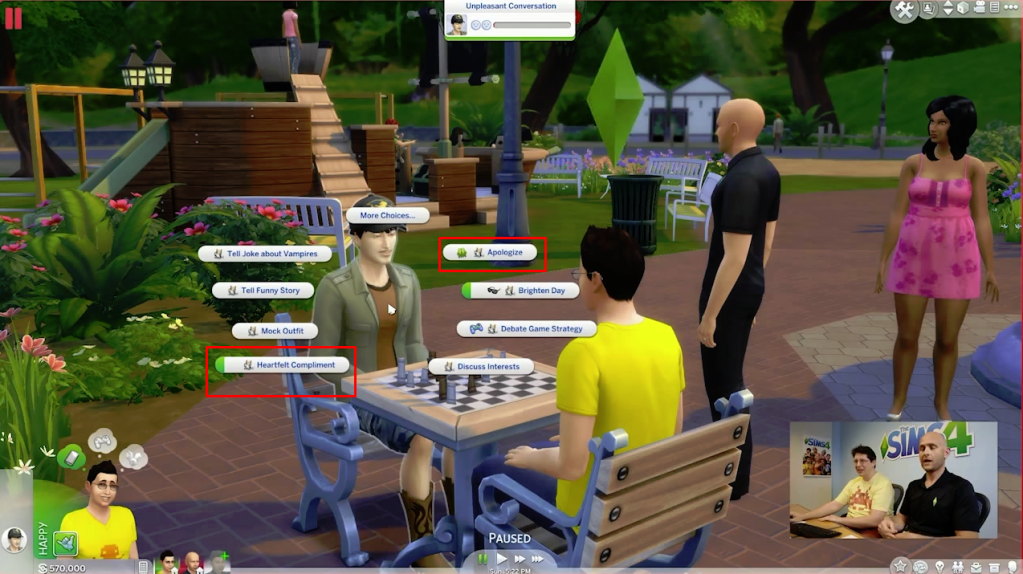
This is why the ego mediates between the two to create balance. Too much id results in a person acting in inappropriate or destructive ways. Too much super-ego and a person would become a rigid perfectionist (Lapsley, 2012).
References
Lapsley, D., 2012. Id, Ego, And Superego. [online] ResearchGate. Available at: <https://www.researchgate.net/publication/237306175_Id_Ego_and_Superego> [Accessed 10 June 2018].
McLeod, S., 2018. Id Ego Superego | Simply Psychology. [online] Simplypsychology.org. Available at: <https://www.simplypsychology.org/psyche.html> [Accessed 10 June 2018].
